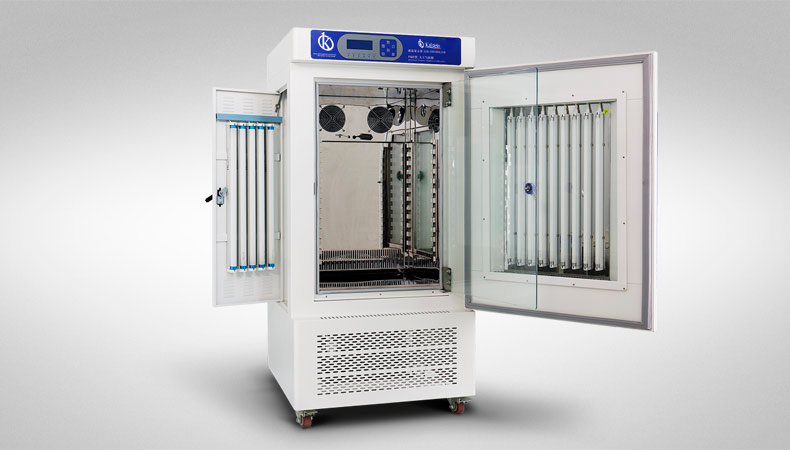The stability test chambers are used in the pharmaceutical, food and cosmetics sector, able to store products, such as biological samples, reagents, serums, vaccines, insulin, some antibiotics, eye drops and eye ointments, to be stored between 2°C and 8°C, and not lose their properties, through temperature conservation, with advanced technology, as part of a productive or regulatory process.
The stability test chamber is distinguished by its ability to handle complex environmental conditions, extreme temperatures and adequate humidity levels. In fact, it is developed to keep temperature controlled conditions for a very long period of time.
Functions of the Stability Test Chamber
This equipment complies with the stability control of different materials. In a test chamber, simulates temperature and humidity values. On the other hand, the stability test chambers use tools based on constant and variable climates, capable of prolonging the fixity of the products to a defined level. In addition, they are used for sample stress testing, material justifications, expiration testing, long-term stability testing and for fixed-form storage.
It should be noted that the stability conditions of the products depend on the shelf life of the active substances, and of the excipients or adjuvants, which is ultimately conditioned by their structure and chemical and physicochemical properties. As well as external factors such as temperature, humidity, air and light, which induce or accelerate reactions that devalue the quality or activity of the product.
Factors involved in the Stability Tests
The stability of the products, influenced by the factors and active ingredients, manufacturing processes, dosage form, type of container, coating, closure and environmental conditions, when the drugs are subjected to higher than adequate temperatures, and may be affected by the following properties:
- Chemistry: oxidation, reduction, hydrolysis, evaporation of solvents, polymerization, volatilization of essential oils and destruction of thermolabile substances (proteins) are caused.
- Physical—Alters original properties, such as appearance, uniformity, and so on.
- Therapeutic: therapeutic effects are modified.
- Toxicological: changes in toxicity occur due to formation of toxic products.
In this sense, as a result of this structure, the products need specific storage conditions, and must remain at all times within the temperature range between 2°C and 8°C, these products are commonly called thermolabile.
Both the efficacy and the stability of conservative agents are highly sensitive to a variety of factors and should be monitored in all stability studies.
We are manufacturers and we have the best advice to make your purchase is the ideal and at the best prices. Visit our catalog at: HERE For more information, check out HERE

